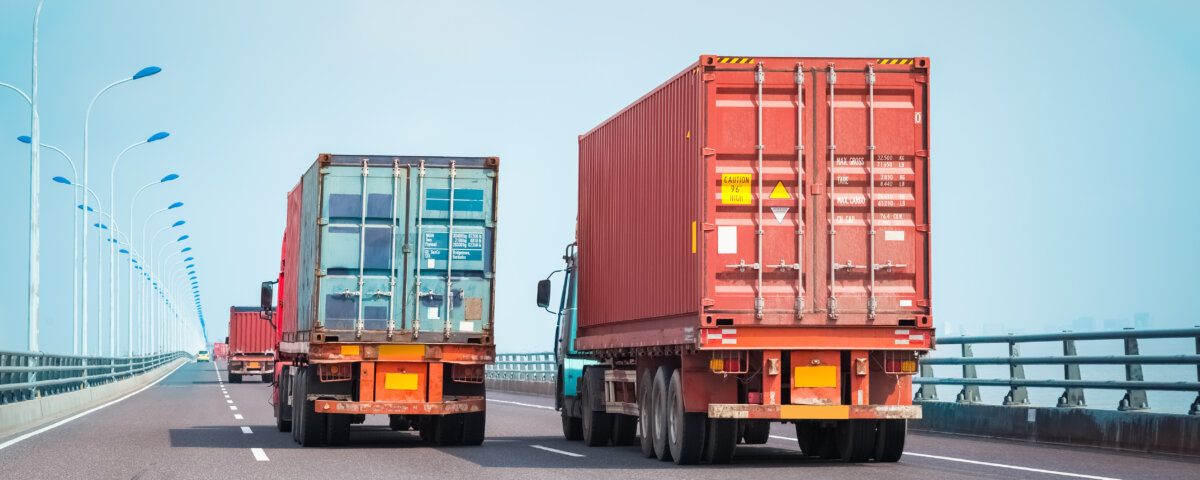Trucking accidents often involve complex liability issues and severe injuries. Because more than one party may share fault, understanding how comparative fault works is essential to maximizing your claim. At Hillstone Law we guide clients through how comparative fault affects recovery in truck crash cases.
What Is Comparative Fault
Comparative fault is a legal doctrine that allows negligence to be divided among multiple parties rather than assigning all blame to a single defendant. Under comparative fault, your compensation is reduced in proportion to your percentage of fault. For example, if you were 20 percent at fault and your total damages were $100,000, your recovery would be reduced by 20 percent, leaving you with $80,000.
Different states apply different rules for comparative fault. Some follow pure comparative fault, where you can recover no matter your percentage of fault (even if you are 90 percent responsible). Others use modified comparative fault, which sets a threshold (commonly 50 percent or 51 percent); if your share of fault exceeds that limit, you cannot recover anything.
Why Comparative Fault Matters in Trucking Cases
Truck accidents often involve multiple parties, such as the truck driver, trucking company, vehicle maintenance providers, cargo loaders, and third-party road users. This creates opportunities for defendants to blame each other and argue that you share responsibility. Examples include:
- Claiming that you failed to yield, ran a red light, or changed lanes improperly
- Arguing that poor visibility or weather conditions contributed to your actions
- Suggesting that your reaction was inadequate
Because trucking companies are heavily insured or have deep resources, they and their insurers often use comparative fault arguments to reduce the amount they owe. If your legal team fails to counter those claims, your recovery may be significantly diminished.
Strategies to Minimize Your Assigned Fault
To protect your claim, a key goal is to reduce the percentage of fault assigned to you. Strategies may include:
- Show you were acting reasonably: Demonstrate adherence to traffic laws, safe following distances, signal use, and common defensive driving practices
- Challenge the reliability of adverse testimony: Cross examine witnesses who attribute error to you and expose inconsistencies
- Use expert accident reconstruction: Experts can show that the truck’s speed, stopping distance, braking condition, or load shifting were primary causes
- Highlight the truck’s violations: Evidence of unlawful practices—overloading, poor maintenance, driver fatigue, or improper cargo tie-downs—can shift fault away from you
- Document external factors favorably: Road defects, weather, poor signage, or defective truck components may contribute and reduce your fault share
Calculating and Applying Comparative Fault in Damages
Once fault percentages are assigned, your award is adjusted accordingly. Consider these steps:
- Establish total damages — the full value of medical costs, therapy, lost income, property damage, non-economic losses like pain and suffering, and projected future costs
- Determine your percentage of fault — using evidence, expert testimony, and comparative fault rules in your jurisdiction
- Apply the reduction — subtract your share of fault from total damages to find your net recovery
For instance, if your total damages are $500,000 and your fault is assessed as 20 percent, your recovery would be $400,000 (minus legal fees and costs).
Why You Need Hillstone Law in These Cases
Trucking collision cases are especially complex due to multiple potential defendants, high stakes, and aggressive defense strategies. At Hillstone Law we:
- Investigate every angle of liability
- Use experts in accident reconstruction, trucking regulations, and biomechanics
- Build strong factual and legal arguments to defend against comparative fault claims
- Negotiate or litigate firmly to preserve as much of your claim as possible
If you’ve suffered injury in a truck accident, our priority is maximizing your compensation by minimizing your share of fault and holding responsible parties fully accountable.
Note: These blog posts are created solely for the use of Hillstone Law. The information is gathered from internet research, publicly available sources, and artificial intelligence (AI) tools such as ChatGPT. While we aim to share helpful and educational content, Hillstone Law does not independently verify every detail. Some information may be incomplete, outdated, or subject to change without notice. If you believe any part of a post is inaccurate, misleading, or infringes upon copyright, please contact Hillstone Law immediately so we can review it and take appropriate action, including correction or removal.
Disclaimer: The material provided in these blogs is for general informational purposes only and should not be considered legal advice. Reading these posts does not create, and is not intended to create, an attorney-client relationship with Hillstone Law. Our intent is to share knowledge, raise awareness, and provide helpful resources to the public; however, Hillstone Law makes no warranties or guarantees about the accuracy, completeness, or reliability of the information provided, and expressly disclaims liability for any actions taken in reliance on it. The photos used in these posts are for illustrative purposes only and do not depict actual clients, individuals, or incidents unless expressly stated. If you or a loved one has been injured in an accident, please contact Hillstone Law at (855) 691-1691. Our attorneys are available to answer your legal questions and help you understand your rights.







